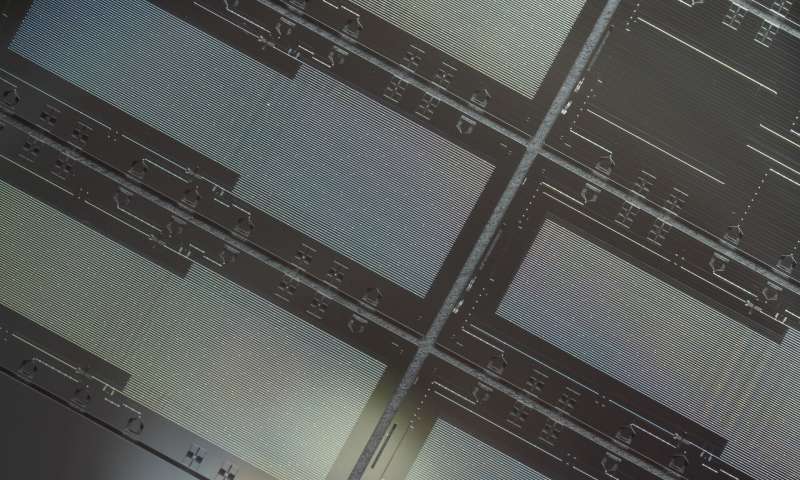Best of Last Week – Gravitational waves leaving a mark, a new way to compute and sunscreen chemicals entering the body

It was another good week for physics, as a team of researchers working at the University of Chicago violated Bell's inequality with remotely connected superconducting qubits—demonstrating that precise quantum information can be sent along an extended communication path. Also, a team with members from the U.S., Ireland and the Netherlands found evidence that gravitational waves leave a detectable mark, possibly allowing detection even after they have already passed. And Sean McWilliams, an assistant professor at West Virginia University, announced that he had developed a mathematical method for calculating black hole properties from gravitational wave data. He also claimed that his results were as accurate as those provided by simulations.
In technology news, a team with members from Stanford University and the Fujifilm Corporation announced that they had created an experimental device that generates electricity from the coldness of the universe, a possible alternative to solar panels. And a team at Carnegie Mellon University's Human-Computer Interaction Institute announced a smartwatch that can sense hand activity like typing, washing dishes or petting a dog. Also, a team at New York University suggested a new way to compute by using a voltage-controlled topological spin switch that requires only electric fields rather than currents to switch between Boolean logic states.
In other news, a team at the University of New South Wales carried out what has been described as impossible research that produced a 400-year El Niño record, revealing startling changes. They drilled cores from coral and found that El Niño events have been changing in recent decades. Also, the FDA sent out a warning to diabetes patients, reporting that some newer diabetes drugs have been linked to 'flesh-eating' genital infections. And a team with members from the Moscow Institute of Physics and Technology and the Max Planck Institute for Solar System Research discovered a new water cycle on Mars in which water vapor rises from the lower into the upper Martian atmosphere.
And finally, with summer underway in the northern hemisphere, if you plan to spend time outdoors, you might want to check out a study led by the FDA's Dr. David Strauss—he and his group found that sunscreen chemicals enter the bloodstream at potentially unsafe levels.
© 2019 Science X Network